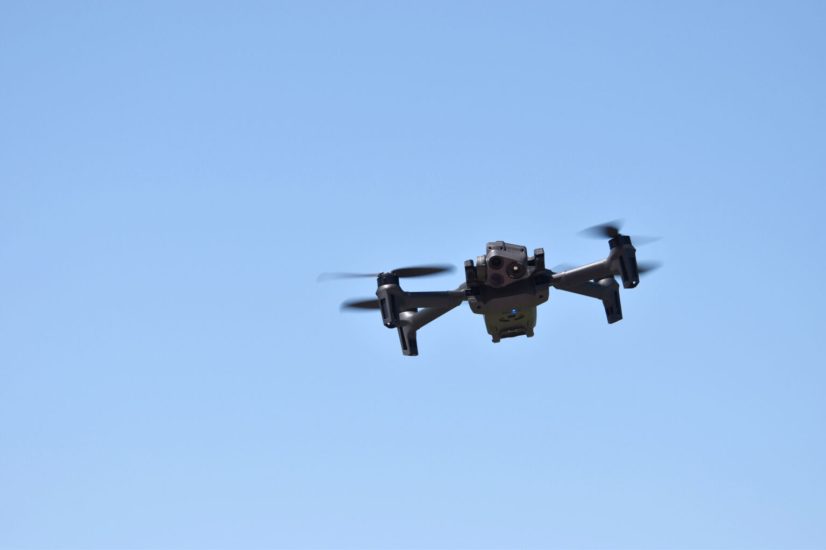Heidi Shyu, the United States undersecretary of defence for research and engineering, says autonomous systems remain a threat and something the Department of Defense (DoD) is seeking solutions for.
“If you look at the situation now, which is something easily predictable back in, I will say, two decades ago, you’re already seeing the increase in the number of unmanned systems,” she said. “With that increasingly growing, exponentially worldwide, the obvious thing we have to think about is how are we going to counter that. Because we already have unmanned systems that are intruding into our installations.”
Shyu was speaking at a discussion on August 9 at the National Defense Industrial Association’s 2024 Emerging Technologies for Defense Conference and Exhibition in Washington, D.C.
There are rules for how the US military services can engage with autonomous systems if they are deemed a threat, and defeating them will mean complying with those rules. “What we’re trying to do is figure out [the] different rules,” Shyu said. “We can’t really shoot it down with a missile.”
The undersecretary said that while there are solutions available now, the DoD is interested in having industry proffer even more options for it and the military services to consider.
“We have to figure out solutions,” she said. “I think counter-[UAS] is never going to die, because it’s a cat and mouse game. As soon as you figure something out, your adversary will do something different. This is going to be a growing need and there isn’t one solution that can counter every single scenario. Therefore, you need to have an integrated solution of multiple capabilities. This is one area, which is not even classified … where if you have great ideas, this is a great opportunity.”
Another area where Shyu said the DoD needs ideas is in contested logistics, where adversaries attempt to disrupt, destroy or defeat friendly force logistics operations.
Shyu’s comments follow the appearance of the US Army’s programme executive officer for missiles and space, Brig. Gen. Frank Lozano, at the Space and Missile Defense Symposium on August 6, where he said a competition would be held in 2025 to consider new C-UAS solutions. “There are other companies out there working on [counter-UAS] interceptors that might actually also have some growth potential to intercept rockets, large calibre rockets, as well as potentially cruise missiles.”
For more information
Image: A drone hovers in the air at a training area at Fort Cavazos, Texas, May 14, 2024. (US Army photo by Ayumi Davis)




